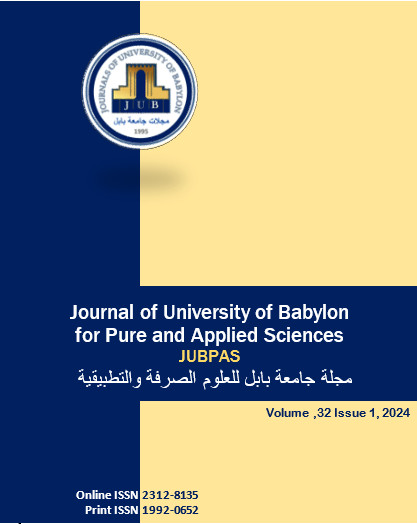Asymptotic Properties and Oscillation of the Solutions in a Periodic Impulsive Hematopoiesis Model
Main Article Content
Abstract
Background: The impulsive hematopoiesis model is an extension of the traditional hematopoiesis model that incorporates the concept of rapid bursts or "impulses" of blood cell production in response to certain stimuli or conditions. Finding suitable conditions for the oscillation and global attractiveness of a positive periodic solution in impulsive Hematopoiesis model is an a priori goal for periodic versions. Despite some recent additions, there is still a dearth of literature on this topic.
Materials and Methods: By employing the continuation theorem of coincidence degree since the continuous implies the survival of a mature cells for a long time. And by using the same technique of the proof that was used in model without impulsive is establish some new asymptotic properties for oscillation and sufficient conditions for the global attractivity of the solutions of periodic impulsive hematopoiesis model with submitted a new suitable impulsive condition.
Results: In this work asymptotic Properties for oscillating solutions in a periodic impulsive hematopoiesis model is discuss. New sufficient conditions for oscillation of every positive solution around equilibrium and global attractivity of all non-oscillating solutions around the equilibrium is given.
Conclusion: Some published results in the model without impulsive are improved and extended to the periodic impulsive hematopoiesis model. A numerical example is set up to show the accuracy and efficacy of the results that are provided.
Article Details
Issue
Section

This work is licensed under a Creative Commons Attribution 4.0 International License.
